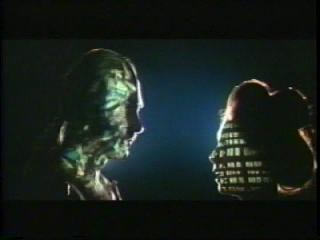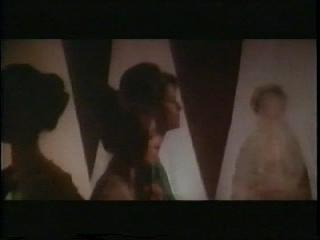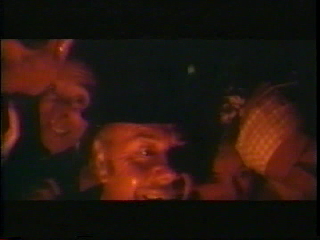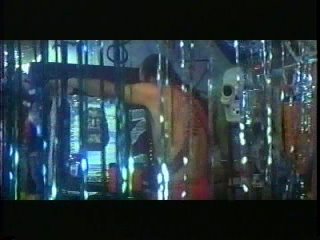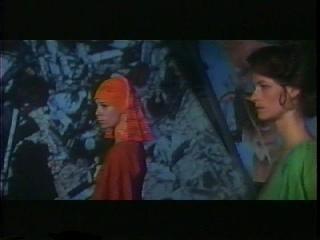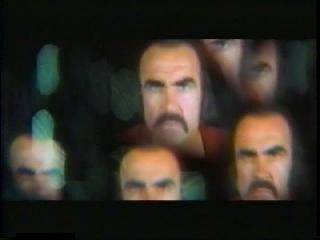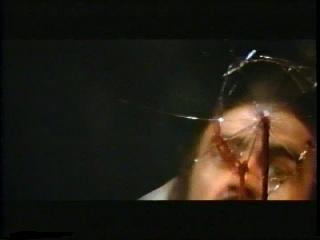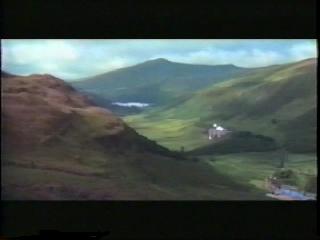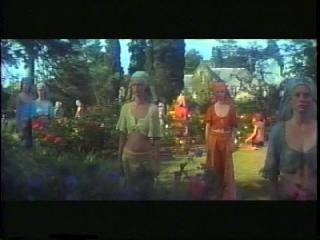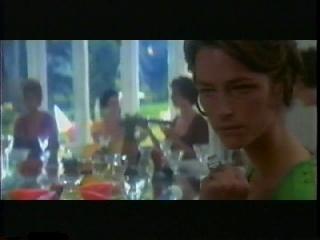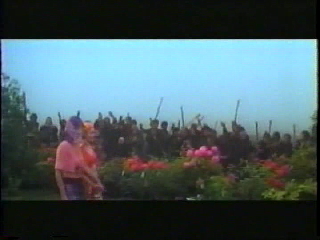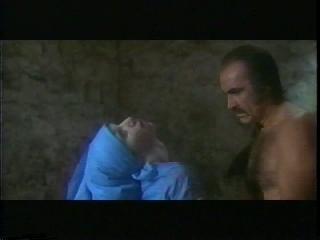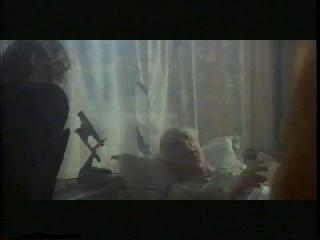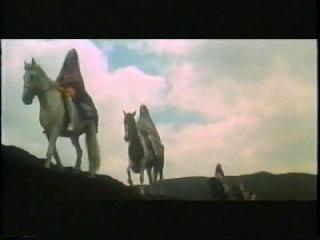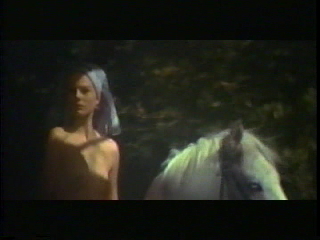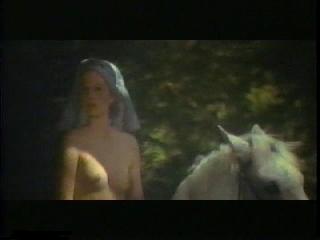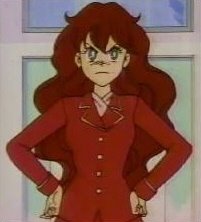Single White Album
It's a bit late, what with even CDs being pushed into obsolescence by downloads, but I do like to play with my audio files and in doing so recently came up with my optimal one-LP version of The Beatles, the white album.
Side One
Back in the U.S.S.R.
Everybody's Got Something to Hide Except Me and My Monkey
Savoy Truffle
Sexy Sadie
Martha My Dear
Blackbird
Cry Baby Cry
Mother Nature's Son
Side Two
Dear Prudence
Happiness Is a Warm Gun
While My Guitar Gently Weeps
Ob-La-Di, Ob-La-Da
Piggies
I'm So Tired
Why Don't We Do It in the Road
Good Night
The Songs
Back in the U.S.S.R. First, I decided to keep the original opening and closing tracks. Anyway, kicking the album off with this musical hot rod, which gleams with the airstream style and crazed attitude of McCartney's beloved old-school rock 'n' roll, was one of the few things the Beatles did right when they sequenced the songs on this great but ill-assorted album.
Everybody's Got Something to Hide Except Me and My Monkey Putting this together I wanted to undo the facile contrasts and random clashes of the original sequencing and use songs to reinforce each otherand build. For example, the original track in this position, "Dear Prudence," is as different from "Back in the U.S.S.R." as can be, a serenely cyclical pastorale with warm lyrics of friendship and encouragement that make it Lennon's answer to "Hey Jude" (or the Beatles answer to the Byrds' "Goin' Back.") But this shot of clangorous energy keeps up and adds to the momentum. Also, I tried to move songs as far as possible from their original location to defamiliarize them, to jolt a little newness out of these overfamiliar recordings. When I heard how fresh that abrupt guitar-and-drums introduction sounds here, I knew it was working.
Savoy Truffle The third fast one in a row. Also, the third singer-songwriter, which gives the first three songs a nice intorducing-the-band subtext. A nice change of texture, too, from spiky to smooth.
Sexy Sadie I tried four fast ones in a row but it didn't work. But this provides continuity with "Savoy Truffle" on another level by matching its sugary-sour minatory tone. Anyway, I love the sound of this song, as well as the similarly-recorded "Happiness Is a Warm Gun" and "I'm so Tired," especially the grainy shimmer of the guitars.
Martha My Dear Yes, a contrast. I'm sorry. Moving this here was a last minute fix. But I like how it works. This and "Sexy Sadie" have similarities as well: medium-tempo songs that address a female character by name, so the contrast between "Sexy Sadie"'s smoky late-night cabaret and "Martha My Dear"'s sunny parlor isn't altogether random. One of McCartney's best and most overlooked songs, full of adroit tempo shifts and lovely scalar frills -- the fast bit in the middle, where strings augment the hard rock even more excitingly than in "Glass Onion," is one of my favorite Beatle moments -- it's also a good transition to the acoustic bloc.
Blackbird Acoustic hippie pastoral was the major new trend the white album incorporated, and no version would be complete without this exemplar.
Cry Baby Cry Why play around with this stuff? It's things like finding out how perfectly this follows "Blackbird." A curiously forboding song, it unfolds in the shadow of an ominous drone suggested (mostly) by the piano, while inspired touches like the drums' flamenco-like stutter in the chorus loft it into the (overcast) sky, a puff of aural mist from Strawberry Fields. Don't forget to trim the murmured dialog at the end of the CD track, which I say belongs at the beginning of "Revolution 9," because....
Mother Nature's Son This follows naturally from the McCartney coda of "Cry Baby Cry": it's the same instruments from the same session, though the guitar and percussion switch channels to try and hide this. I especially like the horns, which have a chilly, restrained power I associate with John Barry (or Anton Bruckner), and loom in the distance of this remarkably evocative song like snow-capped mountains.
Dear Prudence Perfect as a lead track in itself -- it's a tour-de-force that deserves to be shown off -- it also recalls the acoustic bloc at the end of side one without repeating it.
Happiness Is a Warm Gun "Dear Prudence" does set us up for the deceptive acoustic opening rather well, doesn't it? The exact musical equivalent of an R. Crumb comic.
While My Guitar Gently Weeps I tried to push this back further but then it stuck out in a corny way as the climax of the album.
Ob-La-Di, Ob-La-Da A song I always considered almost as obnoxious as "Don't Pass Me By," but too popular to leave off any realistic version of the album. But it sounds good here, benefitting not just from different surrounding tracks, so that it provides relief after "While My Guitar Gently Weeps" but, I think, from coming late in the album instead of early, giving it a slight tinge of retrospective melancholy.
(This post is under construction.)
Side One
Back in the U.S.S.R.
Everybody's Got Something to Hide Except Me and My Monkey
Savoy Truffle
Sexy Sadie
Martha My Dear
Blackbird
Cry Baby Cry
Mother Nature's Son
Side Two
Dear Prudence
Happiness Is a Warm Gun
While My Guitar Gently Weeps
Ob-La-Di, Ob-La-Da
Piggies
I'm So Tired
Why Don't We Do It in the Road
Good Night
The Songs
Back in the U.S.S.R. First, I decided to keep the original opening and closing tracks. Anyway, kicking the album off with this musical hot rod, which gleams with the airstream style and crazed attitude of McCartney's beloved old-school rock 'n' roll, was one of the few things the Beatles did right when they sequenced the songs on this great but ill-assorted album.
Everybody's Got Something to Hide Except Me and My Monkey Putting this together I wanted to undo the facile contrasts and random clashes of the original sequencing and use songs to reinforce each otherand build. For example, the original track in this position, "Dear Prudence," is as different from "Back in the U.S.S.R." as can be, a serenely cyclical pastorale with warm lyrics of friendship and encouragement that make it Lennon's answer to "Hey Jude" (or the Beatles answer to the Byrds' "Goin' Back.") But this shot of clangorous energy keeps up and adds to the momentum. Also, I tried to move songs as far as possible from their original location to defamiliarize them, to jolt a little newness out of these overfamiliar recordings. When I heard how fresh that abrupt guitar-and-drums introduction sounds here, I knew it was working.
Savoy Truffle The third fast one in a row. Also, the third singer-songwriter, which gives the first three songs a nice intorducing-the-band subtext. A nice change of texture, too, from spiky to smooth.
Sexy Sadie I tried four fast ones in a row but it didn't work. But this provides continuity with "Savoy Truffle" on another level by matching its sugary-sour minatory tone. Anyway, I love the sound of this song, as well as the similarly-recorded "Happiness Is a Warm Gun" and "I'm so Tired," especially the grainy shimmer of the guitars.
Martha My Dear Yes, a contrast. I'm sorry. Moving this here was a last minute fix. But I like how it works. This and "Sexy Sadie" have similarities as well: medium-tempo songs that address a female character by name, so the contrast between "Sexy Sadie"'s smoky late-night cabaret and "Martha My Dear"'s sunny parlor isn't altogether random. One of McCartney's best and most overlooked songs, full of adroit tempo shifts and lovely scalar frills -- the fast bit in the middle, where strings augment the hard rock even more excitingly than in "Glass Onion," is one of my favorite Beatle moments -- it's also a good transition to the acoustic bloc.
Blackbird Acoustic hippie pastoral was the major new trend the white album incorporated, and no version would be complete without this exemplar.
Cry Baby Cry Why play around with this stuff? It's things like finding out how perfectly this follows "Blackbird." A curiously forboding song, it unfolds in the shadow of an ominous drone suggested (mostly) by the piano, while inspired touches like the drums' flamenco-like stutter in the chorus loft it into the (overcast) sky, a puff of aural mist from Strawberry Fields. Don't forget to trim the murmured dialog at the end of the CD track, which I say belongs at the beginning of "Revolution 9," because....
Mother Nature's Son This follows naturally from the McCartney coda of "Cry Baby Cry": it's the same instruments from the same session, though the guitar and percussion switch channels to try and hide this. I especially like the horns, which have a chilly, restrained power I associate with John Barry (or Anton Bruckner), and loom in the distance of this remarkably evocative song like snow-capped mountains.
Dear Prudence Perfect as a lead track in itself -- it's a tour-de-force that deserves to be shown off -- it also recalls the acoustic bloc at the end of side one without repeating it.
Happiness Is a Warm Gun "Dear Prudence" does set us up for the deceptive acoustic opening rather well, doesn't it? The exact musical equivalent of an R. Crumb comic.
While My Guitar Gently Weeps I tried to push this back further but then it stuck out in a corny way as the climax of the album.
Ob-La-Di, Ob-La-Da A song I always considered almost as obnoxious as "Don't Pass Me By," but too popular to leave off any realistic version of the album. But it sounds good here, benefitting not just from different surrounding tracks, so that it provides relief after "While My Guitar Gently Weeps" but, I think, from coming late in the album instead of early, giving it a slight tinge of retrospective melancholy.
(This post is under construction.)
